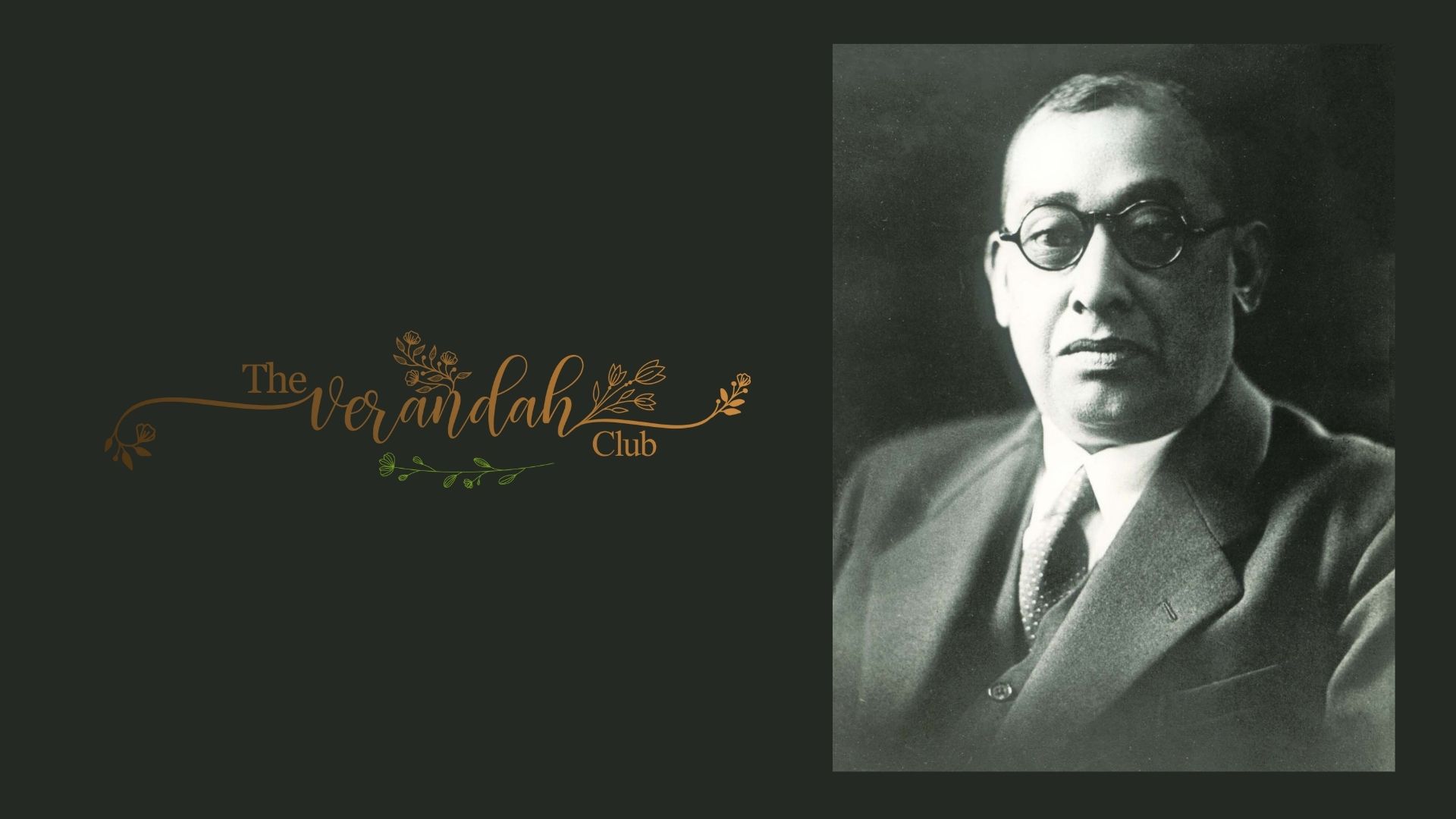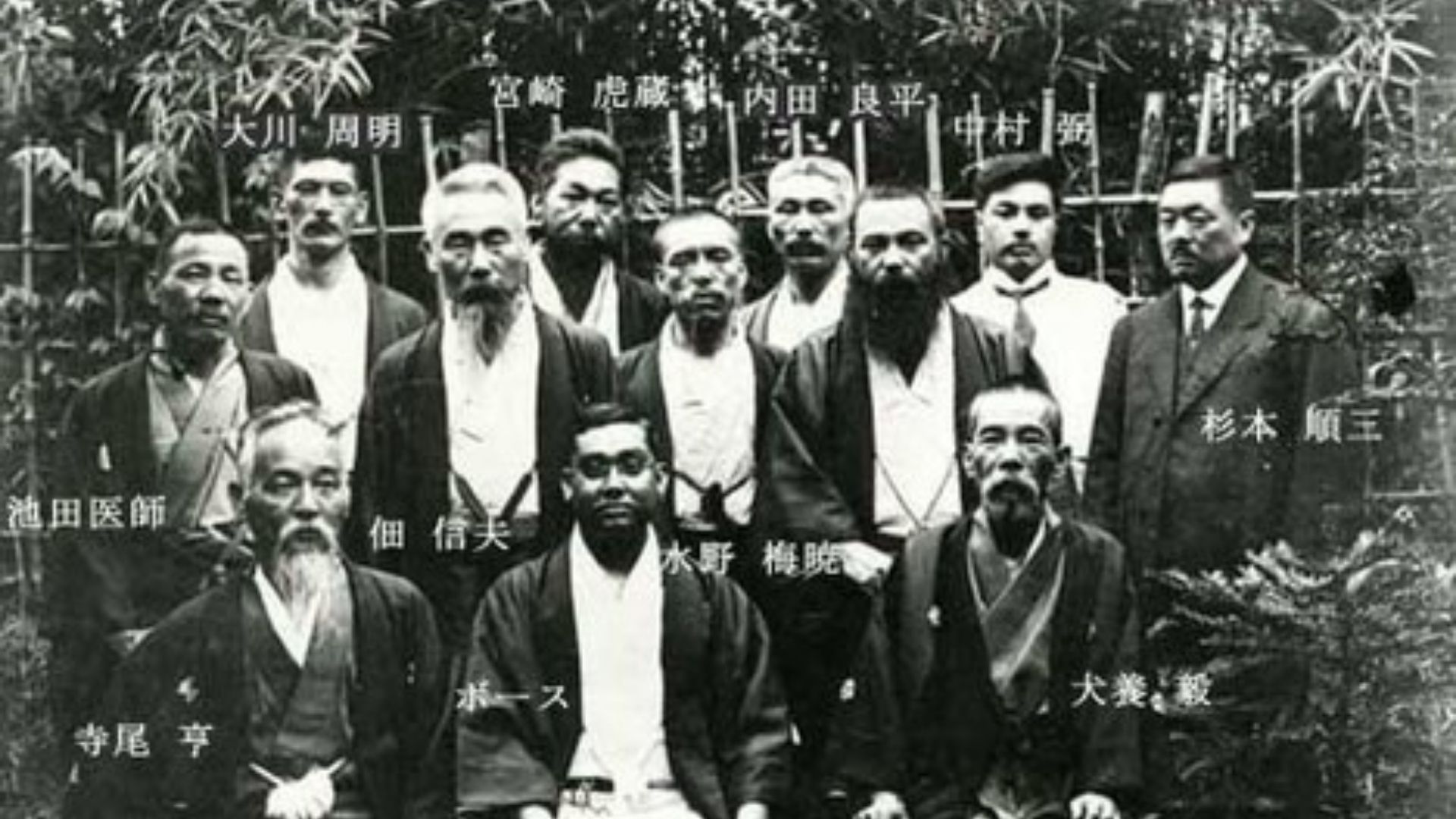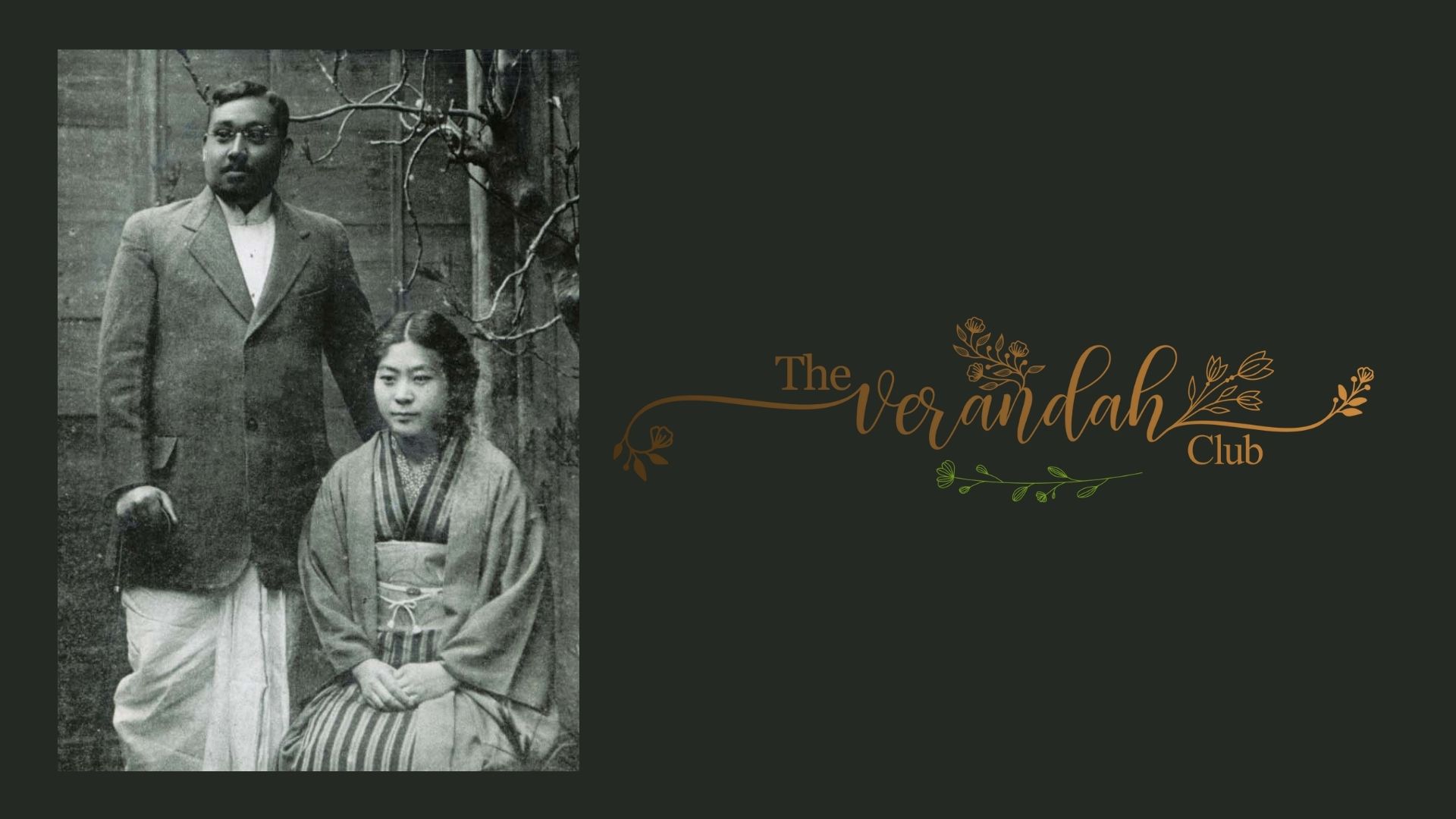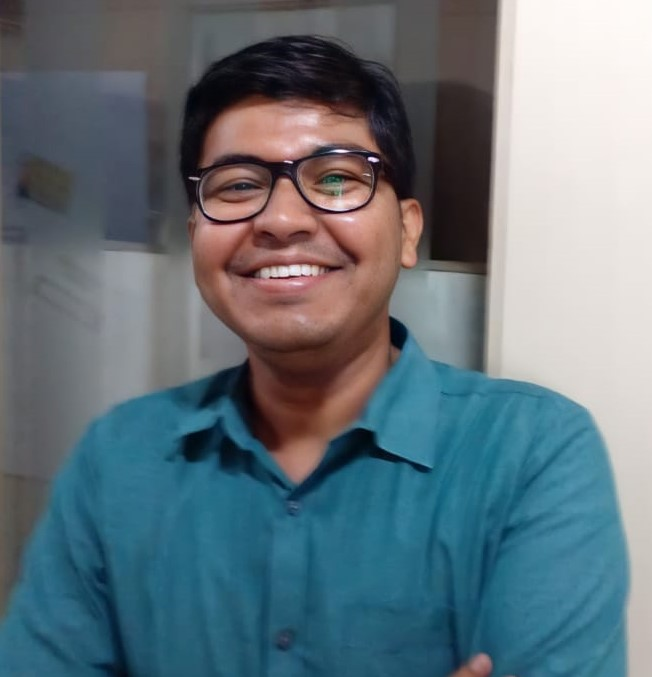
24th December, 1912. Dehradun. A young official of the Forest Research Institute there had organized a meeting in protest of the attempt on Viceroy Lord Hardinge’s life just the day before in Delhi. Although Hardinge had escaped with his life, the bomb had killed his personal servant and in general, dampened what was meant to be a celebratory occasion marking the shifting of India’s capital from Calcutta to Delhi.
What the assembled group did not know was that the 26-year old Bengali young man who’d organized the protest meet was one of the main perpetrators of the assassination attempt! Soon a massive manhunt would be launched for him – one that would force him to leave his land of birth and find refuge in distant Japan. But the thousands of miles of distance could not lessen his patriotism. This is the story of the forgotten father of the Indian National Army (INA) – Rashbehari Bose.
Rashbehari was in his late teens when Lord Curzon announced the partition of Bengal Province on religious lines. Like majority of Bengali youth, Rashbehari was also incensed at this act. In the aftermath, Bengal became a hotbed of armed revolution. The armed resistance to British rule appealed to young Rashbehari. In 1908, he joined the Forest Research Institute in Dehradun as a head clerk. It was while working in Dehradun that Bose came in contact with Amarendra Chatterjee of the revolutionary Jugantar group founded by the legendary Bagha Jatin. Amarendra also introduced Bose to Arya Samaj – a revolutionary group active in Punjab and the United Provinces.

Gradually, Bose became a vital member of the revolutionary movement while continuing his government job. He was a key member of the team that planned an attempt to assassinate Lord Hardinge. Basanta Kumar Biswas, a young man from Nadia in Bengal threw the bomb. The Viceroy suffered shrapnel wounds to his back and legs while his servant died. Biswas and four others were soon arrested. Biswas and three of his comrades were executed while the 5th man was deported for life to Andaman.
After the attempt had failed, Rashbehari returned to Dehradun from Delhi by night train and resumed his work, even organizing the protest meet to throw off suspicion. But the police and CID soon got wind of him and the next three years of his life was spent in a continuous cat and mouse chase. Bose became a master of disguise during this time, continuously changing hideouts. It is said that on one occasion, he actually chatted the entirety of a rail journey with the Indian police officer who was sent to arrest him!
However, by the end of 1915, it had become nearly impossible for Rashbehari to continue to live in India. He forged a fake identity in the name of Priyanath Tagore, a relative of Rabindranath Tagore and sailed to Japan.
When the British government came to know of this, they started pressurizing Japan to extradite Bose back to India. Bose continued to live a fugitive life, changing names and hideouts repeatedly even as private detectives hired by the British embassy in Tokyo looked for him. During this time, Bose found refuge with Aizō Sōma and Kokkō Sōma – the owner of the famous Nakamurayas bakery of Tokyo and well known supporters of the Pan Asian identity. While living in hiding in the Sōma residence, romance blossomed between Bose and Toshiko, eldest daughter of the Sōma couple. The pair got married in 1918 and in 1923, Bose was granted Japanese citizenship. The marriage was a happy one and the couple was blessed with two children. But disaster struck in 1925 when Toshiko died from pneumonia aged just 25.

Although heartbroken, Bose did not forget what he considered his duty to his motherland. Probably to overcome his grief, he devoted himself full time to build ties between Japan and the Indian independence movement. He published widely on India's past, promoted ties between India and Japan, and seized every chance to advocate for a Pan-Asian union to strengthen the region.
In 1931, Bose organized the first Indian Independence League in Japan, which aimed to attain the "independence of India by all possible means," according to a declassified CIA document. He looked at Indian students studying in Singapore, Malaya, Vietnam etc. to organize support for India’s independence across south-east Asia.
By this time, relations between Britain and Japan had worsened considerably and this helped Bose. In 1938, when Bose published "Indo no sakebi" (India's cry) – a document that called for overthrowing British rule in India, he was classified as a Japanese agent of terrorism by the British Indian government. When the British surrendered Singapore on Feb 15th, 1942 to Japan, large numbers of Indian army officers and men became Japanese POWs.
At the conference of the Indian Independence League in Singapore in March, 1942, Bose proposed the formation of an Indian army for liberating the motherland. Thus was born the idea of the INA – Azad Hind Fauj. At a second conference in Bangkok in June 1942, at the behest of Rashbehari Bose, a resolution was tabled and passed calling for Subhas Chandra Bose to take command of the Indian Independence League and its proposed armed wing.

On 1st September, 1942, the first INA was formed under the command of Mohan Singh. After Singh resigned command in December due to disagreements with the Japanese officials, it was Rashbehari Bose who held the movement together till Subhas Chandra Bose assumed command. Rashbehari designed the Azad Hind flag and handed it over to Subhas Chandra and gradually receded to the background as the charismatic Subhas Chandra infused new life into the struggling INA.
Sadly, Rashbehari had contracted tuberculosis and his health had deteriorated considerably by this time. On 21 January, 1945, Rashbehari Bose breathed his last aged 56 in Tokyo. His great dream – to return to a liberated India – remaining unfulfilled.
In 1943, he had been honored with the Second Order of Merit of the Rising Sun, the highest honor accorded to a foreigner in Japan. He is also credited to introducing Japan to India styled curry – that is popular even today as Nakamuraya curry. Today, Rashbehari Bose is probably better known in Japan than in India – his motherland for whose freedom he had devoted his entire life.
Source: https://edition.cnn.com/2020/05/09/asia/japan-indian-freedom-fighter-hnk-intl/index.html
 Based out of Kolkata, Trinanjan is a market researcher by profession with a keen interest in Indian history. Of particular interest to him is the history of Kolkata and the Bengal region. He loves to write about his passion on his blog and also on social media handles.
Based out of Kolkata, Trinanjan is a market researcher by profession with a keen interest in Indian history. Of particular interest to him is the history of Kolkata and the Bengal region. He loves to write about his passion on his blog and also on social media handles.
NEXT ARTICLE

At the southernmost tip of this mesmerising ensemble lies the majestic Great Nicobar Island, boasting an impressive landmass of about 910 square kilom...

Bharath has always been a land traversed by spiritual masters/ Guru since time immemorial. These spiritual masters have always upheld the core princip...

South India contains its fair share of unique pilgrimage centres. These divine places of worship have a prominent Sthala Purana, devoted followers, di...